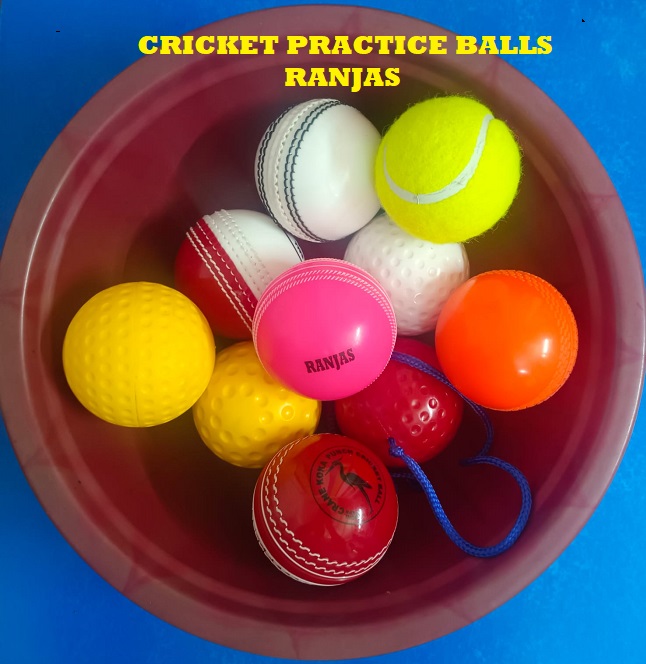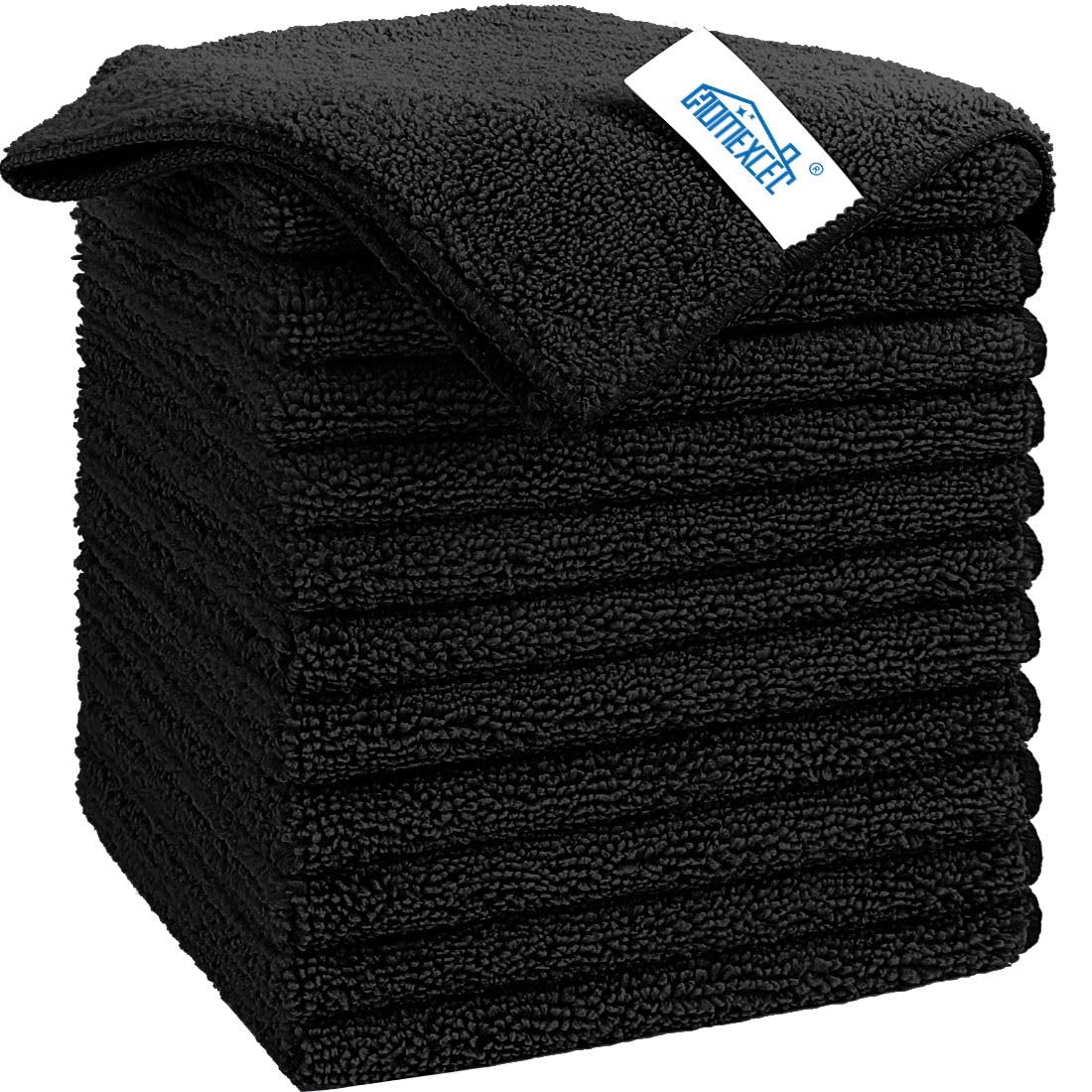To enhance regional connectivity and revitalize the stretch along the Najafgarh Drain (also known as the Sahibi River), authorities have proposed a comprehensive road infrastructure project valued at ₹600 crore, officials said.
According to the proposal, approximately 60.77 kilometers of new roads will be laid alongside the drain. The plan includes constructing a two-lane roadway on the left bank from Jhatikra Bridge to Chhawla Bridge, spanning 5.94 km. In addition, dual two-lane roads will be developed along both banks between Chhawla Bridge and Basaidarapur Bridge, adding another 54.83 km to the network.
Eventually, the newly constructed road will connect to major routes, including the Inner Ring Road at Basai Darapur, the Outer Ring Road at Keshavpur, Pankha Road at Vikaspuri, Najafgarh Road at Kakrola, Dwarka Expressway, and other arterial roads that lead to the airport.
Parvesh Verma, the Minister for Irrigation and Flood Control, stated, “This initiative will not only bolster transportation in the area but also align with the city’s broader vision to enhance public spaces and promote eco-friendly development.” He confirmed that the execution of the project will commence shortly.
The development initiative will encompass building road infrastructure, installing boundary walls, setting up street furniture, electrification, establishing public restrooms, installing signage, and landscaping with side greenery. The objective, he noted, is to establish a continuous green corridor along the route.
Residents of adjacent localities such as Punjabi Bagh, Paschim Vihar, Nilothi, Baprola, Kakrola, Najafgarh, Dwarka, Vikaspuri, and Chhawla are expected to gain considerable advantages from this development.
Subsequently, a riverfront initiative will be undertaken along the Sahibi River/Najafgarh Drain. During a recent inspection, Verma directed the Irrigation and Flood Control Department to convert a 50-acre plot in Vipin Garden, Uttam Nagar—long abandoned and encroached upon—into a vibrant public park. “This neglected land holds tremendous potential for community use and should be transformed into a dynamic, people-friendly space,” he emphasized.
Meanwhile, the Delhi Jal Board (DJB) has launched a focused strategy to stop untreated wastewater from entering the Yamuna River, particularly targeting drains that flow directly into it. A significant share of Delhi’s sewage currently enters the Yamuna without adequate treatment. To combat this, 11 of the 22 primary drains are being intercepted, and two more are under process at their endpoints.
DJB plans to construct centralized Sewage Treatment Plants (STPs) and decentralized sewage treatment units (DSTPs) at the mouths of various drains. Specific actions are also planned for individual cases—for instance, at the Abul Fazal Enclave drain, after isolating unconnected sewer lines, authorities will assess the remaining flow. “If waste discharge continues, a diversion trap will be built to redirect the flow into the peripheral line leading to the Okhla STP,” an official explained.
For tributaries of the Najafgarh and Shahdara drains, DJB has been instructed to build STPs or DSTPs at each outlet to fully treat wastewater before it reaches the river.





